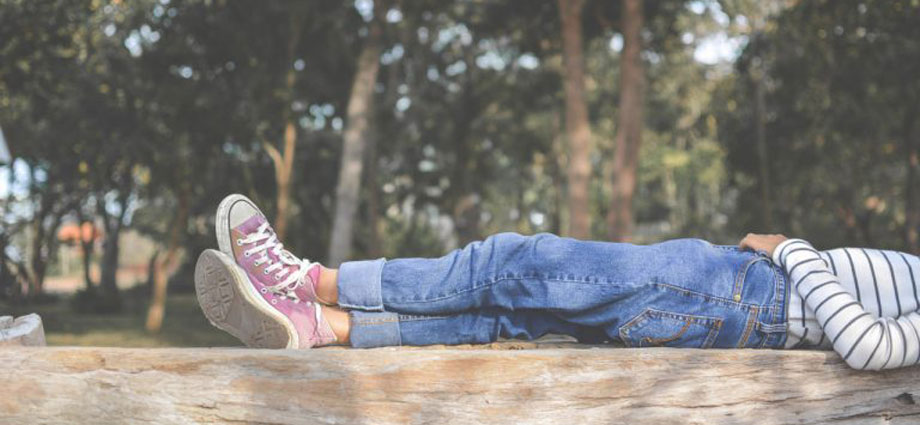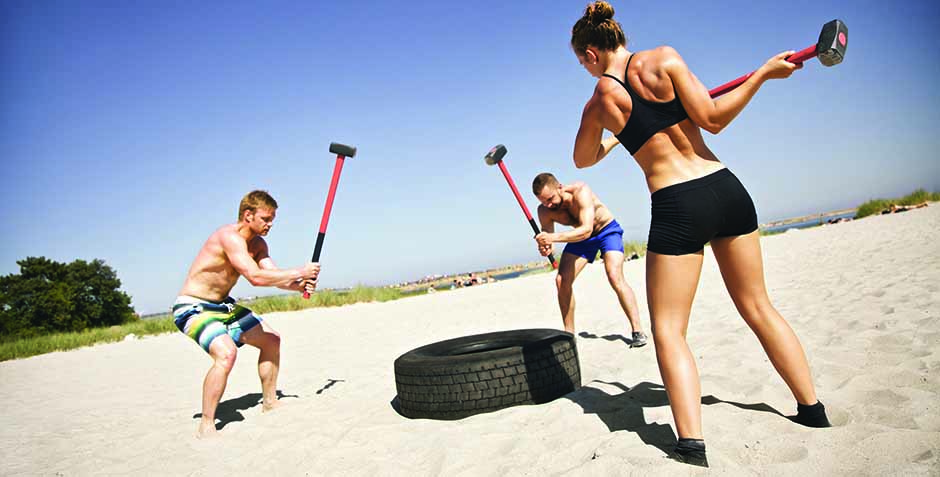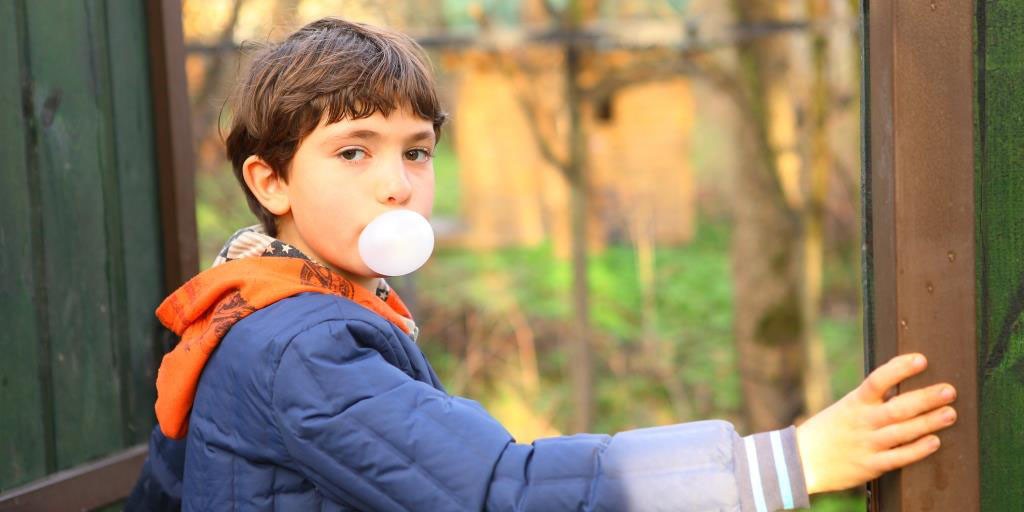For a rewarding challenge, add “Climb a 14er” to your summer to-do list. With enough prep, nearly anyone can conquer Colorado’s highest peaks.
Few pastimes are as uniquely “Colorado” as climbing 14ers, mountain peaks that top 14,000 feet. And summer, with its friendlier weather and more relaxed schedules, is the ideal time to think beyond the typical 10K or road biking route to the lofty but rewarding goal of summiting one of the country’s tallest mountains. A handful of Colorado’s 54 14ers require technical climbing expertise, but many are accessible to reasonably fit adults and families looking for an exercise challenge.
“Before you take a step, make a plan,” says Gerry Roach, author of Colorado’s Fourteeners (Fulcrum, 2011). First, assess your skill and expedition style using the categories outlined below. Then use our tips—as well as guidebooks such as Roach’s or Colorado 14ers by the Colorado Mountain Club, and the website 14ers.com, which incorporates input from thousands of 14er enthusiasts—to pick the right peak for you and sketch out a plan for a successful climb.
NOVICES

As you’re selecting a peak, consider that on many 14ers, the trail ends as you approach the summit and you’ll have to pick your way through boulder fields or employ technical climbing skills. For your debut, choose a mountain with a trail that extends most of the way to the top.
Also consider the total trail mileage; most hikes are at least 5 miles round-trip, but some can be as long as 18 to 20. For some peaks, having a four-wheel-drive vehicle with high clearance will shorten your hiking time because it can get you closer to the trailhead. And if you’re nervous about a possible emergency, opt for a popular peak such as Grays, Torreys, Quandary or Elbert to up your chances of having someone nearby to help.
FAMILIES

he says. Davenport’s two oldest boys, ages 12 and 10, have climbed several 14ers, and he estimates his 5-year-old will be ready to tackle his first in a year or two.
There’s no magic age when kids are ready, Davenport says. The key is to first build up their exposure to outdoor activities at higher elevations, especially with kids 10 and younger, who can be more susceptible to altitude sickness. “The pulmonary system is kids’ last major system to develop, so they can have trouble at high elevations,” Roach says. Plan to camp near the trailhead the night before to boost red blood cell counts before the climb.
During the climb, go slower than you think you need to, Davenport recommends. Plan to drink water and eat a simple snack every 45
to 60 minutes, but don’t take breaks longer than about 15 minutes or it may be hard to get kids moving again. Use hydration packs and carry
snacks you can eat on the go, so you can refuel while you hike.
ADVENTURERS

Also, take your fully loaded pack on a test hike to see if you’ve hit the sweet spot between being prepared for contingencies and weighing yourself down. “You should consider, ‘If I were to slip with my pack on my back, can I recover from that?’ ” says Jess Mahanes, development and communications coordinator for the Colorado Fourteeners Initiative.
Climb It Safe
No one plans to turn an ankle, lose their way in a boulder field or get caught in a thunderstorm. For such scenarios, preparation is your best protection. Rehearse beforehand how to handle an emergency, investigate whether you’ll have cell coverage, pack wisely and hike with a buddy or two.
Also consider taking a basic mountaineering class at a local climbing or outdoors store, suggests Jess Mahanes of the Colorado Fourteeners Initiative. Most provide tips on safety, preparation, navigation and equipment that will arm you with the knowledge and confidence you need for your expedition.
When you’re climbing, be aware of and prepared for the following common hazards:
• Altitude sickness. Some people are more prone to altitude woes than others, but they can affect anyone. Consider sleeping at a high elevation (at least 8,000–9,000 feet) for a night or two beforehand to boost your red blood cell count. During the hike, stay hydrated and turn back immediately if you experience nausea, a headache or light-headedness.
• Dehydration. At altitude you lose more moisture through your breath than usual, so “you’ll probably need more water than you think,” Roach says. He recommends a hydration pack with a 2- or 3-quart bladder, filled with water. If you want another beverage, too, pack an extra drink container.
• Sunburn. Sun-damage risk increases 4 percent for every 1,000 feet of elevation gain, according to the Vail Dermatology clinic. You can burn in as little as six minutes at high altitudes, so a high-SFP sunscreen and lip protector are essential. Reapply at least once during your hike, and consider wearing a hat, long sleeves and long pants.
• Blisters and rolled ankles. Choose ultracomfortable hiking boots or sturdy running shoes, preferably with ankle support. Break them in for at least two weeks before the climb.
Pack It In: Essentials
- Sturdy, comfortable footwear with grip
- Hiking socks
- Synthetic clothing layers, including long sleeves, long pants and a lightweight rain jacket
- Hat and gloves
- Comfortable pack
- Food and water (at least 2 quarts per person)
- Basic first-aid kit
- Sunscreen
- Map
- Whistle
- Recommended
- GPS unit (visit usgs.gov to enroll in a free GPS class at the Denver Federal Center)
- Knife or utility tool
- Headlamp with extra batteries
- Matches
- Duct tape










Comments
I drop a comment each time I especially enjoy a post on a website or if I have something to add to the discussion. Usually it is triggered by the fire displayed in the post I looked at.
And after this post Climbing Colorado…